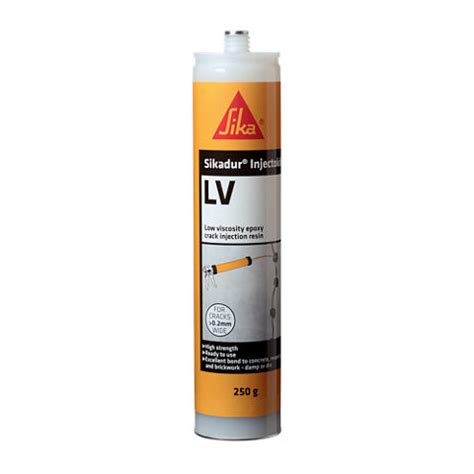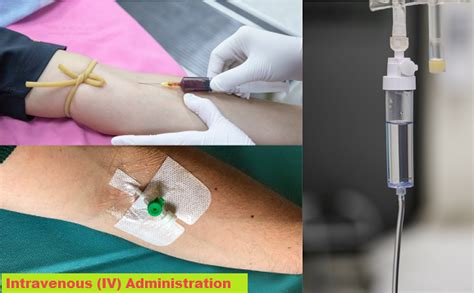lv injection | Sikadur® Injectokit LV lv injection Ejection fraction typically refers to the left side of the heart. It shows how much oxygen-rich blood is pumped out of the left ventricle to most of the body’s organs with each contraction. LVEF helps determine the severity of dysfunction on the left side of the heart. The aesthetic includes oversized jackets and hoodies, wide-leg jeans, platform sneakers or combat boots, and band t-shirts. Of course, this aesthetic is dark in nature, so keep the shades neutral, black or gray.
0 · What is ‘normal’ left ventricular ejection f
1 · Sikadur® Injectokit LV
2 · Intravenous injection: Uses, equipment,
3 · In vivo administration of lentiviral vector
4 · Ejection Fraction: What It Is, Types and Normal Range
️ adidas Yeezy Boost 350 V2 Black Red Bred Size 11 CP9652 🚀SAME DAY SHIPPING🚀
Ejection fraction typically refers to the left side of the heart. It shows how much . Ejection fraction (EF) is a measurement, expressed as a percentage, of how much blood the left ventricle pumps out with each contraction. An ejection fraction of 60 percent means that 60 percent of the total amount of blood in the left ventricle is pushed out with each heartbeat. Ejection fraction typically refers to the left side of the heart. It shows how much oxygen-rich blood is pumped out of the left ventricle to most of the body’s organs with each contraction. LVEF helps determine the severity of dysfunction on the left side of the heart. Contrast echocardiography is a technique for improving echocardiographic resolution and providing real-time assessment of intracardiac blood flow. Agitated saline contrast provides contrast in the right heart and enables detection of right to left shunts.
Pathophysiology. A commonly accepted paradigm (based on Virchow’s triad of thrombogenesis) posits the pathogenesis of LV thrombus as occurring as a result of the interplay of 3 factors: (1) stasis attributable to reduced ventricular function, (2) endocardial injury, and (3) inflammation/hypercoagulability (Figure 1).Ejection fraction refers to the percentage of blood the left ventricle pumps out during the systolic (or contraction) phase. The left atrium receives oxygen-rich blood from the lungs and sends it to the left ventricle. The walls of the left ventricle contract and pump blood into the arteries, which then carry it to different cells and tissues. Left ventricular (LV) thrombus may develop after acute myocardial infarction (MI) and occurs most often with a large, anterior ST-elevation MI (STEMI). However, the use of reperfusion therapies, including percutaneous coronary intervention and fibrinolysis, has significantly reduced the risk. Heart failure with reduced ejection fraction (HFrEF) means your left heart ventricle has weakened and less blood is being pumped into your body. HFrEF requires ongoing treatment to reduce.
Echo-guided LV injection is a feasible, reproducible, relatively less invasive and effective delivery method for cell therapy in murine models of heart disease. It is an important approach that could move the field of cell therapy forward, especially with regard to repeated cell administrations.A test injection of 5 cc of contrast medium may help to confirm correct positioning of the catheter and prevent wasted contrast from a poor ventriculogram. All hemodynamic measurements should be performed prior to ventriculography.Digital intravenous ventriculography (DIV) has become increasingly recognized as a useful and reliable approach for evaluating left ventricular (LV) performance. While it might be assumed that the hemodynamic changes caused by intravenous injection of contrast media are less than those caused by dir .
Ejection fraction (EF) is a measurement, expressed as a percentage, of how much blood the left ventricle pumps out with each contraction. An ejection fraction of 60 percent means that 60 percent of the total amount of blood in the left ventricle is pushed out with each heartbeat. Ejection fraction typically refers to the left side of the heart. It shows how much oxygen-rich blood is pumped out of the left ventricle to most of the body’s organs with each contraction. LVEF helps determine the severity of dysfunction on the left side of the heart. Contrast echocardiography is a technique for improving echocardiographic resolution and providing real-time assessment of intracardiac blood flow. Agitated saline contrast provides contrast in the right heart and enables detection of right to left shunts.
Pathophysiology. A commonly accepted paradigm (based on Virchow’s triad of thrombogenesis) posits the pathogenesis of LV thrombus as occurring as a result of the interplay of 3 factors: (1) stasis attributable to reduced ventricular function, (2) endocardial injury, and (3) inflammation/hypercoagulability (Figure 1).Ejection fraction refers to the percentage of blood the left ventricle pumps out during the systolic (or contraction) phase. The left atrium receives oxygen-rich blood from the lungs and sends it to the left ventricle. The walls of the left ventricle contract and pump blood into the arteries, which then carry it to different cells and tissues. Left ventricular (LV) thrombus may develop after acute myocardial infarction (MI) and occurs most often with a large, anterior ST-elevation MI (STEMI). However, the use of reperfusion therapies, including percutaneous coronary intervention and fibrinolysis, has significantly reduced the risk. Heart failure with reduced ejection fraction (HFrEF) means your left heart ventricle has weakened and less blood is being pumped into your body. HFrEF requires ongoing treatment to reduce.

What is ‘normal’ left ventricular ejection f
Echo-guided LV injection is a feasible, reproducible, relatively less invasive and effective delivery method for cell therapy in murine models of heart disease. It is an important approach that could move the field of cell therapy forward, especially with regard to repeated cell administrations.A test injection of 5 cc of contrast medium may help to confirm correct positioning of the catheter and prevent wasted contrast from a poor ventriculogram. All hemodynamic measurements should be performed prior to ventriculography.


daniela katzenberger rolex uhr

Sikadur® Injectokit LV
Top in American Eagle. THE FABRIC: Our ultra-textured Wow! Waffle./THE DEETS: Voop jersey neckline with jersey seaming deets. Thumbholes made for all kinds of movement &.
lv injection|Sikadur® Injectokit LV
























